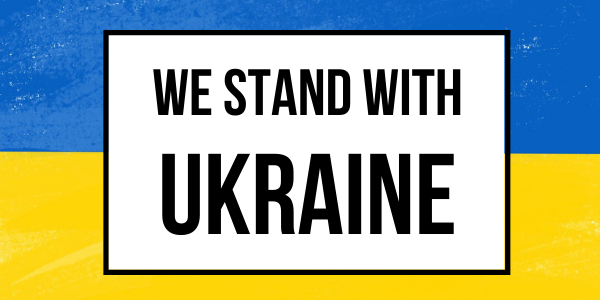Title:Quick Tip: Using the STAR method when answering behavioral interview questions
Author:© Rachael McDermott, reprinted with permission
Date:June 2014
Source:civilianchick.tumblr.com
Many employers ask interview questions that reveal how strong a candidate is in a certain behavior or competency. Sometimes these are situational questions that present a candidate with a scenario they might encounter on the job so the candidate can show how they would handle the situation. Other questions are behavioral and ask candidates to describe a time when they demonstrated a particular competency or performed a similar task they would encounter at their new job. For example, a sample question could be "tell me about a time when you had to manage a project with many moving parts and deadlines" or "give me an example of a time when you had to persuade reluctant people or teams to adopt a new idea or practice."
A good structure for answering these questions is the STAR approach. S stands for Situation or Scenario — set the context for your example. T stands for Task — what was required of you. A stands for Action — tell what you actually did to achieve your task. R stands for Result — what was the outcome of your actions?
For example, if I was asked about a time when I had to improve upon a process, I might answer like this:
S-We have many employers that recruit our students and organize recruiting events. However, often times these events were not well attended and employers were growing frustrated. Students are very busy and have many priorities and commitments so often these events get lost in the shuffle.
T-I really needed to restructure our recruiting process and think of ways to increase student attendance and visibility for employers on campus.
A-I decided to condense all recruiting activities into two dedicated weeks per semester so we could market the whole period as a major event. Starting with new student orientation in August, we could advertise this period to students so they knew this was the time to meet employers and could mark it on their calendars. I also conducted proactive outreach to employers to tell them about the recruiting period so they could plan their events for this time. Finally, I organized a career fair during the period which would draw many more students than an organization's individual recruiting event.
R-As a result, there was more visibility for the recruiting period and events among students and in many cases, attendance at recruiting events was double what it was in the past. Also, the career fair drew over 100 students, which is a much higher number than any employers ever saw at individual recruiting events. Employers saw many students and were satisfied with their recruiting experience.

